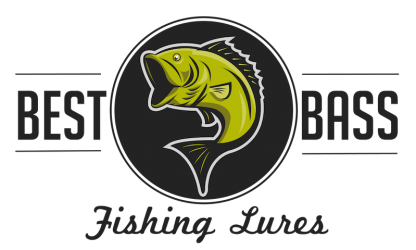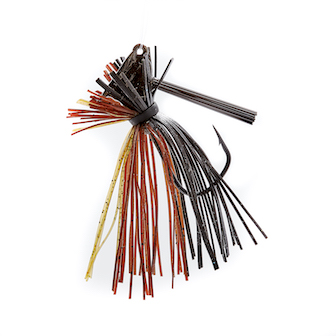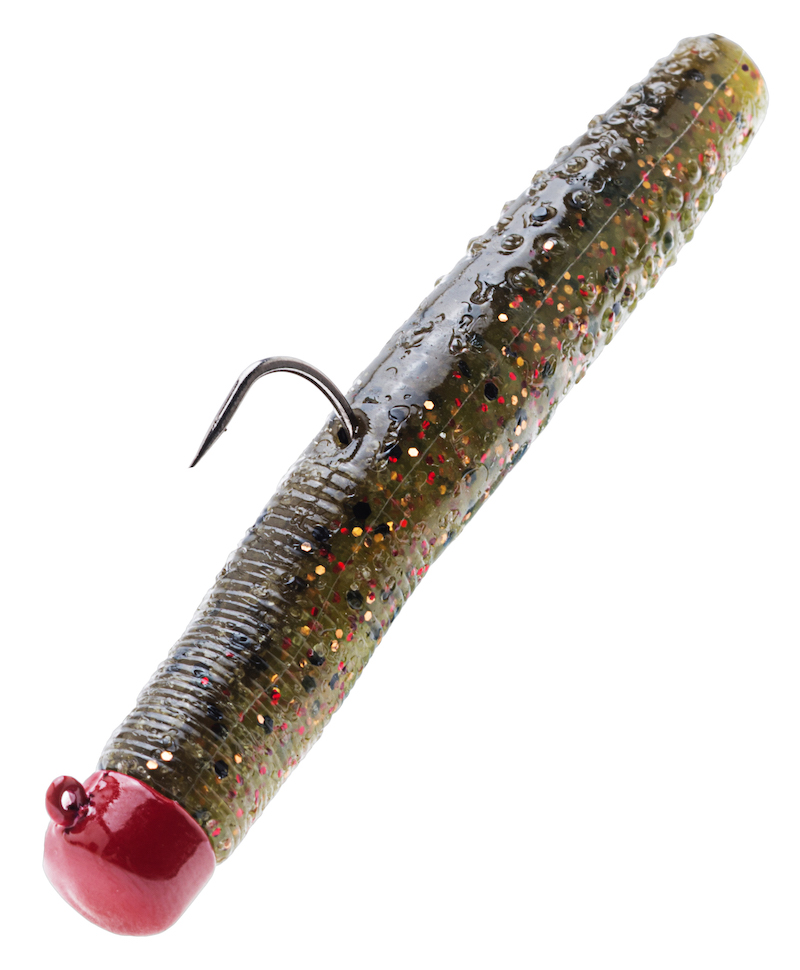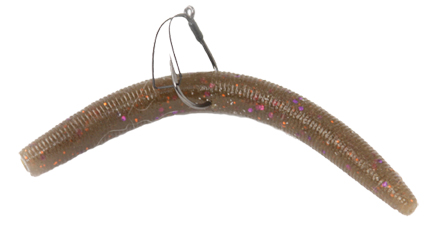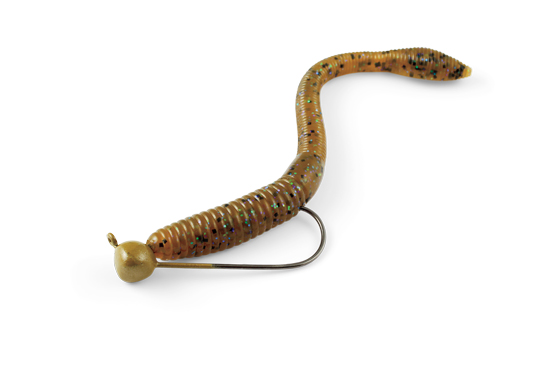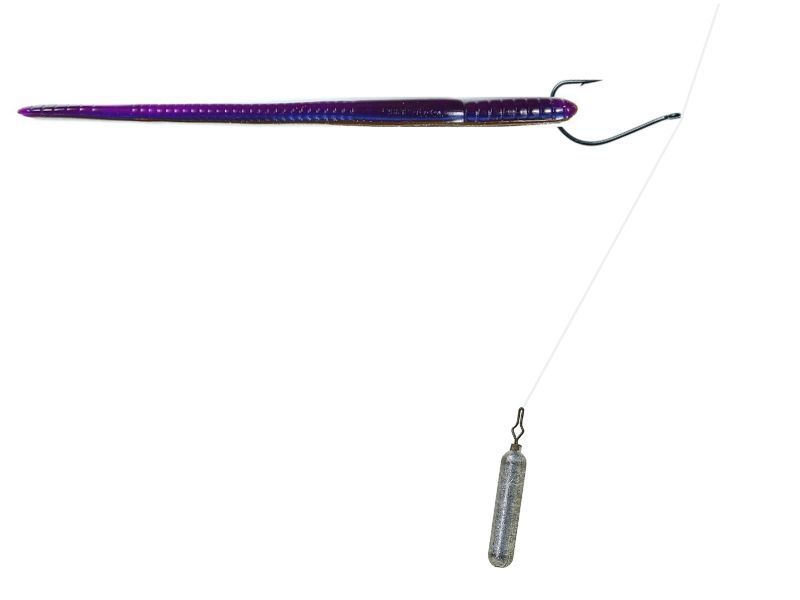Finesse fishing is a style of bass fishing that uses light tackle with small finesse lures. It’s a technique that is often used when there is a tough bite and conventional bass fishing isn’t getting results. This could be related to cold water temperatures, ultra-clear water conditions, or if bass are just being finicky for whatever reason.
By light tackle, we mean line in the four to six pound test range and spooled on a light action spinning rod. Although you can finesse fish with a baitcaster, a spinning reel is more commonly used for fishing these small finesse baits.
You want to work these baits a lot softer and quieter than you would regular bass lures, like for example a big thumping spinnerbait or a jitterbug chugging along the surface. There is definitely a time when noisy and flashy baits are what you want, but there is also times to take a softer approach.
Top 6 Finesse Lures
Let’s have a look at the top five best finesse lures, not in any particular order.
1. Finesse Jigs
A finesse jig has similar traits to a typical bass jig, only smaller and lighter. The weight of a finesse jig is usually in the 1/8 ounce to 1/4 ounce range, and equipped with a smaller hook around 3/0 in size or smaller. These jigs are paired with a smaller trailer as well, usually some kind of mini craw trailer. Finesse jigs are perfect for mimicking a small crawfish, which a bass will find as an easy meal.
2. Ned Rig
The Ned rig is a newer finesse option but don’t let that deter you. This could quite possibly be the most effective finesse option there is. Sometimes referred to as Midwest Finesse style, the Ned rig is well know for putting up numbers in terms of quantity of fish.
3. Wacky Worm
This rig is done using a stickbait like a Senko worm, and simply hooking it right through the middle. Wacky rigging is an extremely popular way to fish, mainly because of how well they get bass to bite. There is something about a wacky rigged stickbait that bass simply find irresistible.
With a wacky rig it’s all about the sinking action. As the bait falls it has a fluttering action that fish can’t resist. So when you’re fishing one you simply want to lift the bait and let if flutter down. They can be fished with or without weights if you want them to sink faster or fish deeper water.
4. Shaky Head
A shaky head is a weighted worm rig consisting of a thin stickbait rigged on a jig head hook. The weight keeps the head of the bait on the bottom and the tail end facing up. The reason it is called a shaky head is because once the bait is positioned on the bottom you then shake your rod tip to make the tail end “shake.”
5. Drop Shot
This is when the line is tied to the hook, and also has a leader tied to it with a weight on the other end of the leader. Hard to explain but easy to see in a picture. The worm is usually nose hooked but can also be texas rigged if there are a lot of weeds where you’re fishing.
The purpose of the drop shot rig is to keep the worm suspending up off the bottom, and when you jig the weight off the bottom the worm has a more natural looking movement. You can also jig it so lightly that the weigh does not lift off the bottom and the worm just slightly moves.
6. Tubes
Tubes are similar to jigs in that have a weighted head and a skirted tail. Where they differ is tubes have a much thinner profile and the weighted head is buried inside the bait. They also have a fully exposed hook so they are not nearly as weedless as a jig. That’s why they are a popular choice for rocky or sandy bottoms, and why they make such a great smallmouth bait.
Tubes are mainly used to mimic a crawfish, but they have a spiral action when they sink that is great for mimicking a dying bait fish. Whatever type of forage you are looking to imitate you can achieve with color.
